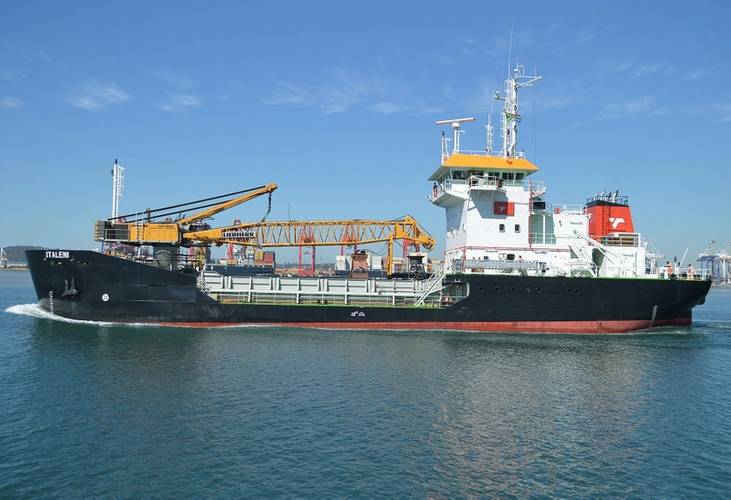Maintenance Dredging Underway at Port of Cape Town
Transnet National Ports Authority (TNPA)’s Dredging Services division has embarked on a $ 1.1 million maintenance dredging campaign at the Port of Cape Town to restore the design depths inside Duncan dock.
The maintenance campaign, which began on March 8, 2017, is scheduled for completion by the end April 2017. The main objective of the dredging campaign is to ensure the Port of Cape Town provides safe navigational channels and berthing facilities for shipping by restoring the original design depths.
Two dredging vessels, the Isandlwana, a Trailing Suction Hopper Dredger and the Italeni Grab Hopper Dredger have been mobilized by TNPA Dredging Services for this purpose. Multi-beam bathymetric surveys are conducted at regular intervals throughout the campaign that will ensure all areas within Duncan Dock are restored to their original design depths.
The Isandlwana, which has a 4,200 m³ hopper capacity, will remove approximately 70,000 m³ of material from the sea bed before the end of April. Spoil is pumped into the hopper and can be offloaded by discharging through 10 conical bottom valves. Pumping ashore is also possible by means of either a floating pipeline, a side discharge mechanism or by ‘rainbowing’, where the dredging vessel discharges material that has been claimed from the ocean floor in a high arc to build a land mass elsewhere, such as during nourishment of beaches, to prevent erosion along the coasts or to reclaim land.
TNPA’s fleet renewal program has boosted the dredging division’s capacity to aid the removal of approximately four million cubic meters of excess material from the seabed every year at South Africa’s ports.

















